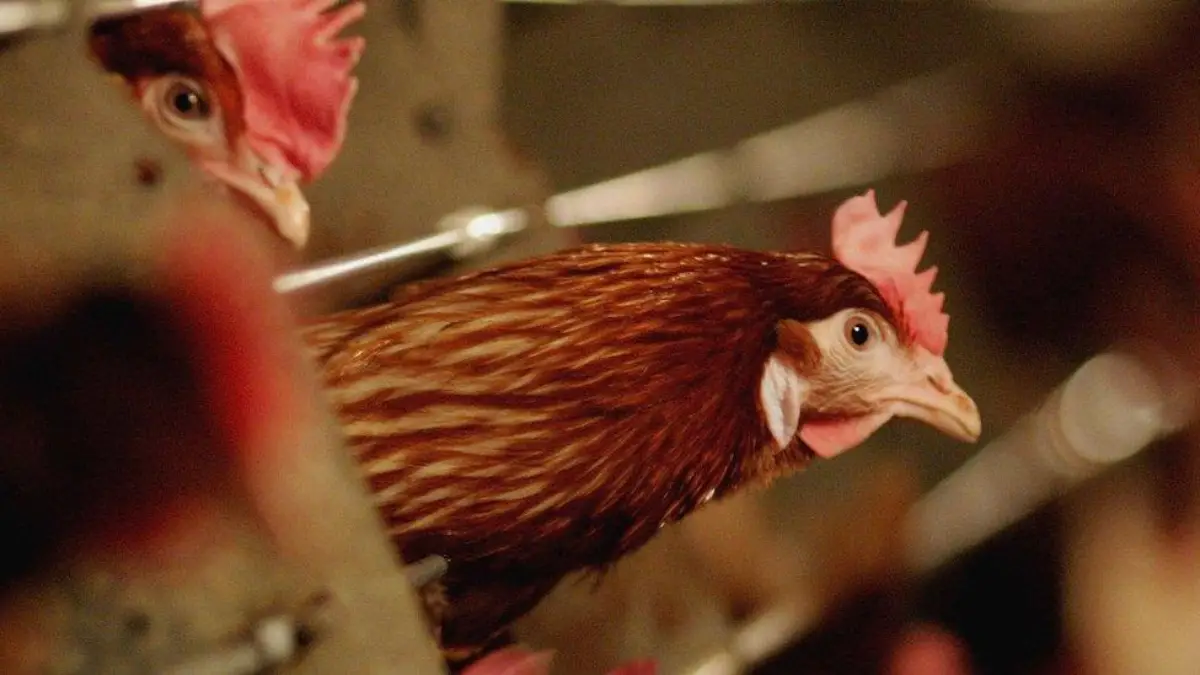In May 2024, the Australian Centre for Disease Preparedness reported outbreaks of highly pathogenic avian influenza (HPAI) strains H7N3 and H7N9 on poultry farms in Victoria, Australia, with cases confirmed on May 23 and May 25.
In response, the Philippine Department of Agriculture (DA), in a memorandum signed by Secretary Francisco Tiu Laurel Jr. on June 6, 2024, imposed a temporary ban on imports of domestic and wild birds, poultry meat, day-old chicks, eggs, and semen from Australia, effective for shipments produced or slaughtered after May 9, 2024.
On July 29, 2025, the Philippines lifted the ban, allowing the resumption of imports of Australian poultry and by-products. In an order dated July 25, 2025, Secretary Tiu Laurel stated that the risk of contamination was negligible, citing Australia’s official report of no new HPAI cases since June 13, 2024. The Australian government confirmed its poultry sector was free from HPAI and noted that the H7 strains involved were distinct from the global H5N1 strain affecting other regions.
Australian Poultry Outbreaks
In 2024, Agriculture Victoria led an emergency response to H7N3 and H7N9 HPAI outbreaks in northern Victoria. By June 13, 2024, the disease was eradicated from all affected properties, and control areas and movement restrictions were lifted. Australia submitted a self-declaration of freedom from HPAI in poultry to the World Organisation for Animal Health (WOAH). A separate H7N8 outbreak in Victoria in February 2025 was eradicated by late February, with no new HPAI cases reported since.
The affected farms supplied a small portion of Australia’s 18 million daily egg production from approximately 22 million chickens. The Australian egg industry, in collaboration with retailers and government, has largely recovered, though some retailers may maintain purchase limits to manage supply.
The Australian government implemented several interventions to manage the 2024 and 2025 HPAI outbreaks:
- Containment and Eradication: Agriculture Victoria and the Department of Agriculture, Fisheries and Forestry (DAFF) coordinated rapid culling, quarantine, and disinfection of affected farms. Surveillance of domestic and wild birds ensured no further spread.
- Biosecurity Enhancements: DAFF invested over AUD$100 million to strengthen national preparedness, including $37 million for surveillance, response coordination, and biosecurity capacity. Farmers were advised to quarantine new birds, use protective netting, and report sick birds via the Emergency Animal Disease Hotline.
- Public Awareness: A webinar on June 19, 2025, titled “Preparing for H5 Avian Influenza,” provided updates on national preparedness, focusing on agriculture, environment, and health sectors.
No specific governmental meetings between Australia and the Philippines regarding the poultry ban are documented. The ban’s lifting was based on Australia’s WOAH submission and DA’s risk assessment.
Resumption of Imports
On July 29, 2025, the Philippines lifted its June 2024 ban on Australian poultry imports, following DA Order No. 39, signed by Secretary Tiu Laurel, on July 25. The ban, prompted by H7N3/H7N9 outbreaks in Victoria, was lifted after Australia’s WOAH declaration of no new HPAI cases since June 13, 2024. Imports, including 9.3 million kilos of chicken and 20,730 kilograms of duck meat in 2024, must comply with DA’s biosecurity protocols.
The import resumption stabilizes poultry prices for Filipino consumers, strained by the ban’s impact on supply chains. Australia’s 18 million daily egg output from 22 million chickens bolsters the Philippines’ 15% import-reliant poultry market. Retailers, facing shortages in 2024, can now restock, while Australia’s AUD$100 million biosecurity investment ensures reliable exports. The DA’s rigorous import checks maintain consumer safety, supporting economic recovery and strengthening bilateral trade ties after Japan’s reopening, without requiring direct talks.
Avian Influenza Includes Low Pathogenicity
(LPAI) and high pathogenicity (HPAI) strains. HPAI, like H7N3, H7N9, and H7N8, can cause significant poultry mortality and spread through contaminated products, equipment, or bird secretions. All bird species are vulnerable, and recent global reports have noted HPAI infections in penguins and seals in Antarctica. Australia’s Chief Veterinary Officer, Dr. Beth Cookson, highlighted increased risks due to the virus’s ability to affect diverse species, potentially spreading over long distances. In response, Australia has updated its Avian Influenza Plan following simulation-based assessments.
Global Bird Flu Incidence (2020–2025) The global incidence of avian influenza, particularly HPAI H5N1, has risen significantly since 2020:
| Year | Regions Affected | Strains | Key Outbreaks | Human Cases |
|---|---|---|---|---|
| 2020 | Europe, Africa, Asia, Middle East | H5N1, H5N8, H7N3, H9N2 | H5N1 clade 2.3.4.4b emerged in Europe; spread to 30+ countries; H5N8 in UK | 5 H5N6 (China), 1 H9N2 (Hong Kong), 1 H5N8 (Russia) |
| 2021 | Europe, Africa, Asia, Americas | H5N1, H5N6, H9N2, H10N3 | Largest European HPAI epidemic; H5N1 in foxes; 40+ countries affected | 36 H5N6 (18 deaths, China), 24 H9N2 (1 death, China), 1 H10N3 (China) |
| 2022 | North/South America, Europe, Asia, Africa | H5N1, H5N6, H9N2, H3N8 | H5N1 in US (46 states, 52.7M birds culled); H5N1 in mink; 50+ countries | 1 H5N1 (US), 4 H9N2 (Asia), 1 H5N1 (Ecuador), 7 H5N6 (China, 1 death) |
| 2023 | South America, Europe, Asia, Africa | H5N1 | H5N1 killed 600,000 wild birds, 50,000 mammals (South America); 60+ countries | 4 H5N1 (Asia, South America) |
| 2024 | North/South America, Asia, Australia, Europe | H5N1, H7N3, H7N9 | H5N1 in US dairy cattle (505 herds), Philippines (Leyte); H7N3/H7N9 Australia; 80+ countries | 57 H5N1 (44 US, 10 Cambodia, 1 Australia, China, Vietnam; 3 deaths) |
| 2025 | North/South America, Asia, Europe, Antarctica | H5N1, H7N8 | H7N8 in Australia (Victoria, eradicated); H5N1 in Antarctic skuas; 80+ countries | 11 H5N1 (US, Canada, China; 1 death, partial data) |
Outlook
The return of Australian poultry to Philippine markets signals more than a trade win—it’s a wake-up call for a world grappling with avian influenza’s shadow. With over 80 countries battling outbreaks, the Philippines’ reliance on imports exposes farmers and consumers to price swings and supply risks. The next crisis looms unless nations move beyond stopgap bans to build global early-warning systems and shared biosecurity funds. Australia’s swift response is a start, but solo acts won’t cut it. Regional alliances, like ASEAN-led biosecurity pacts, could lock in supply chains and shield vulnerable economies. In a world where viruses don’t respect borders, collective action is the only way to keep poultry—and prosperity—flowing.
















